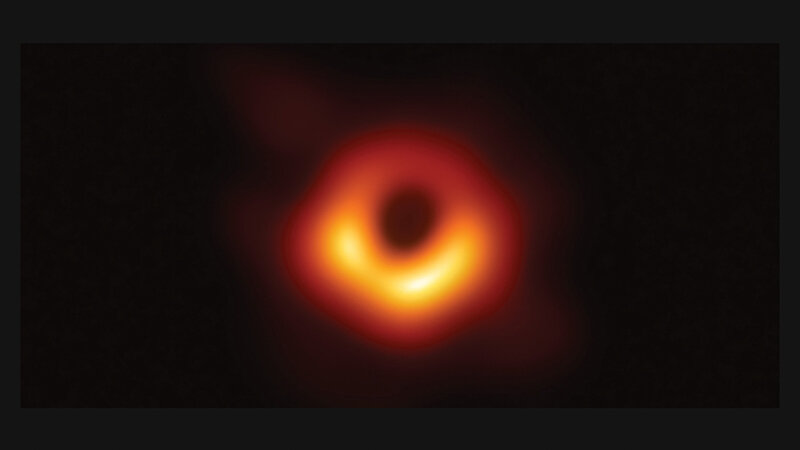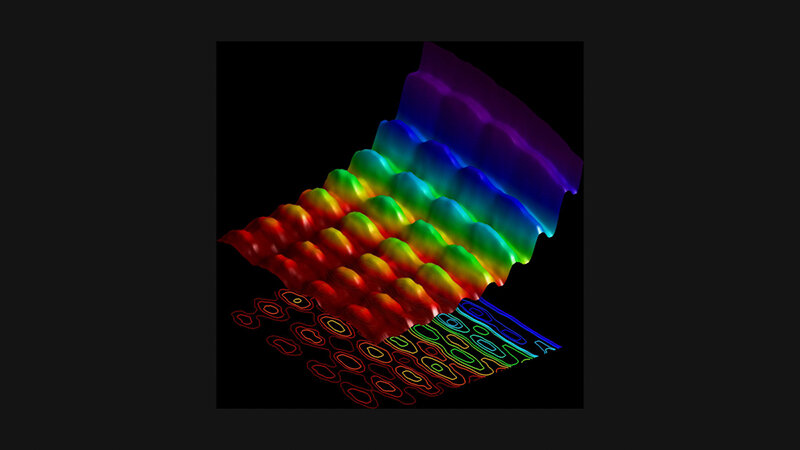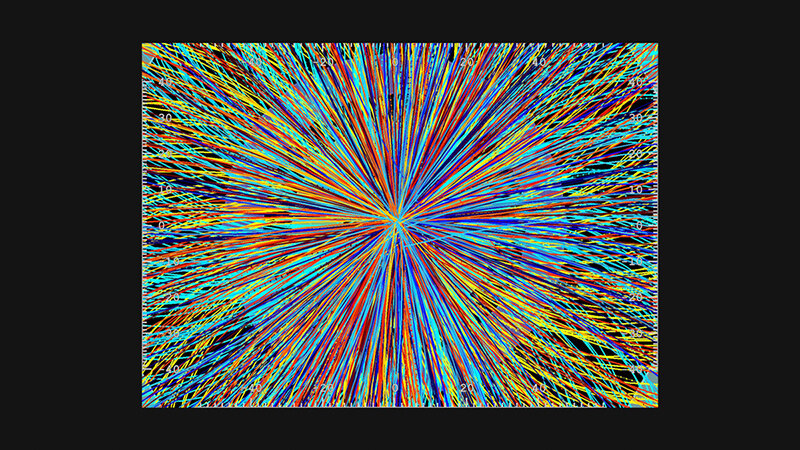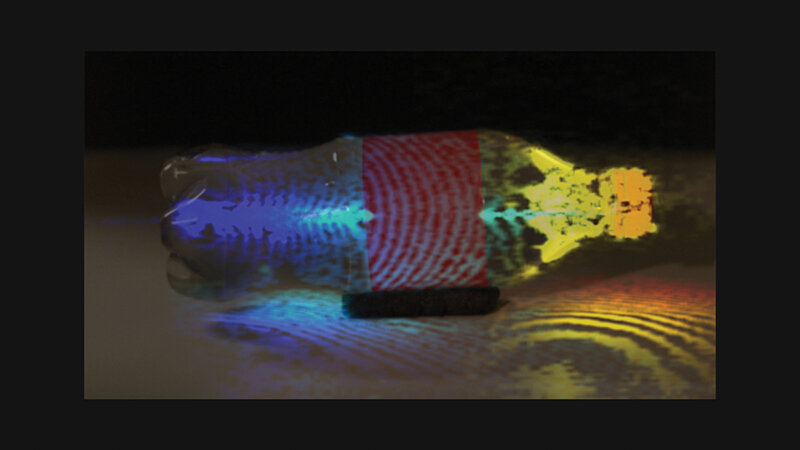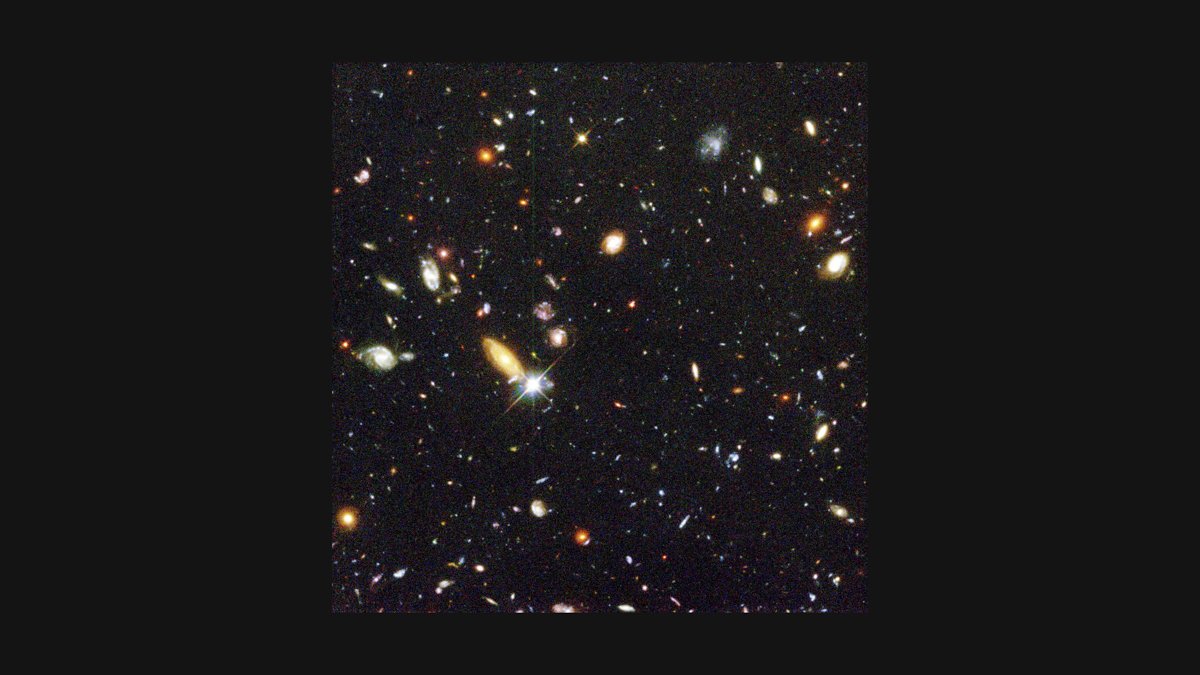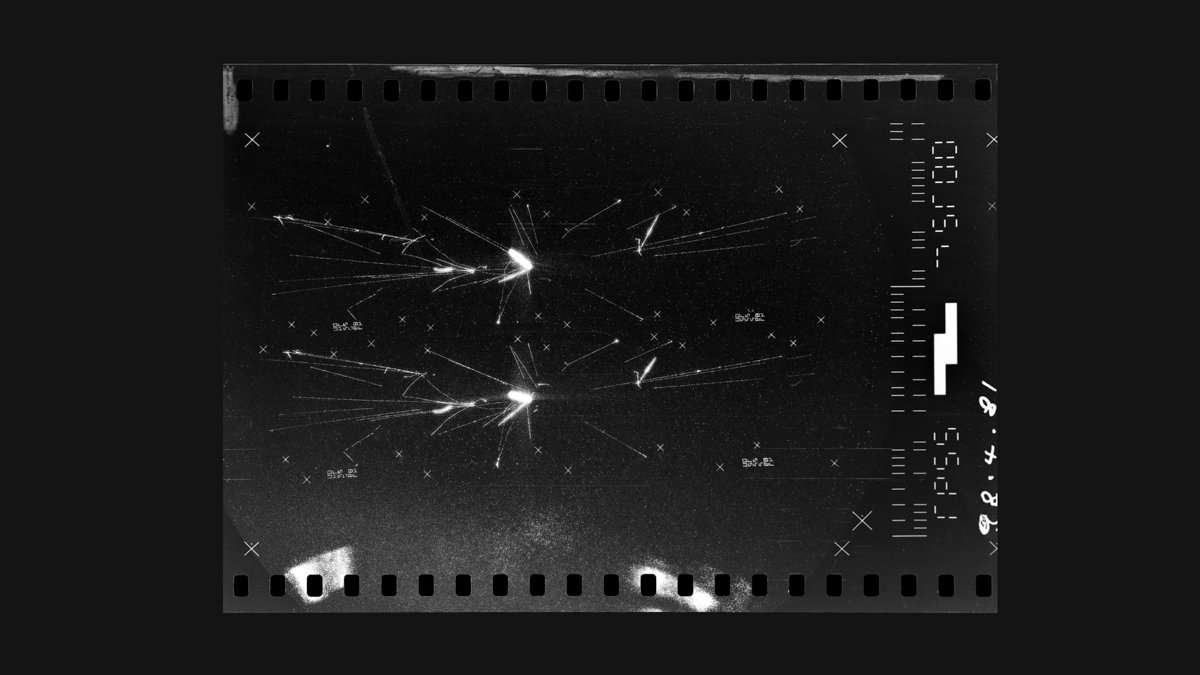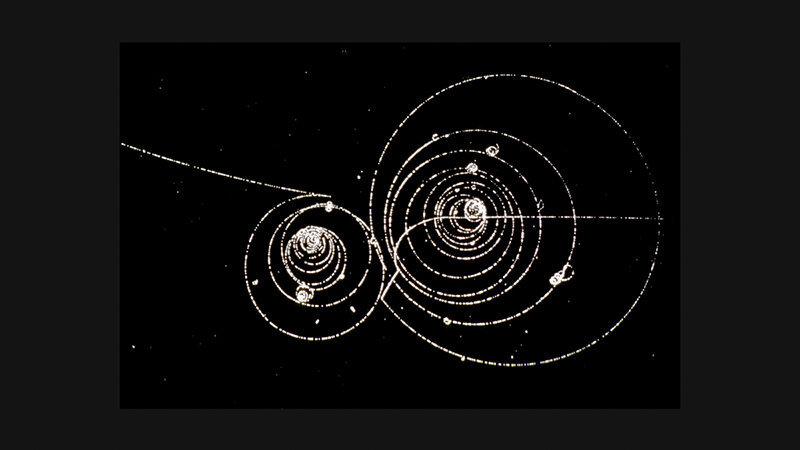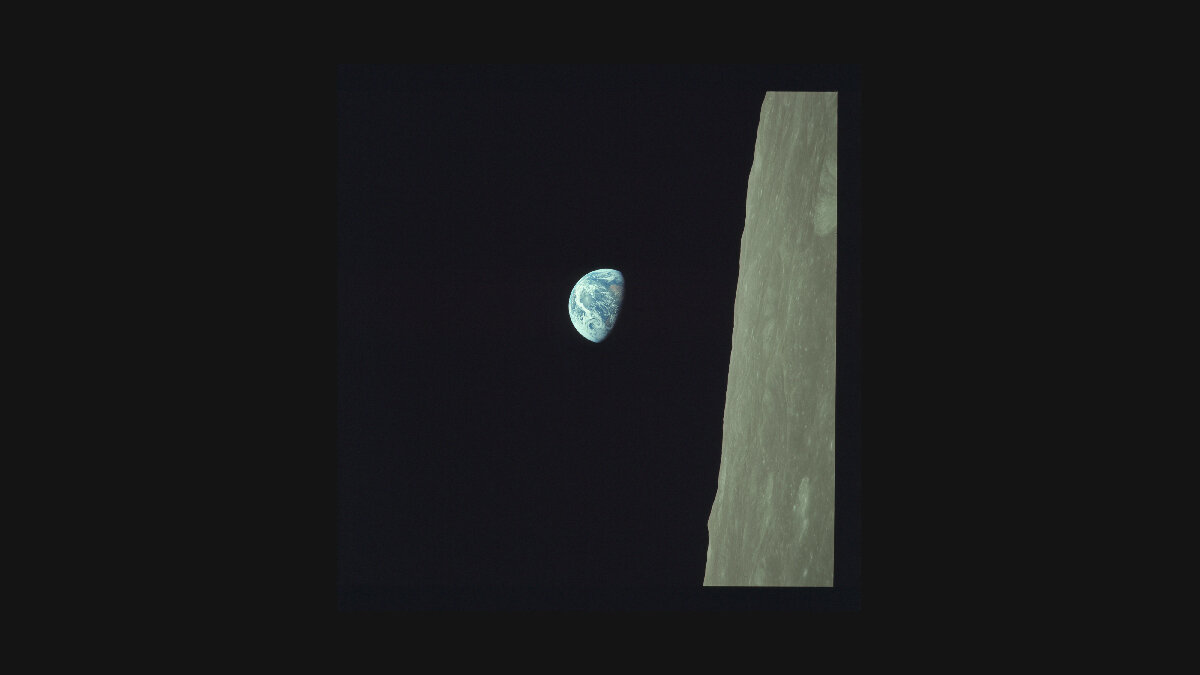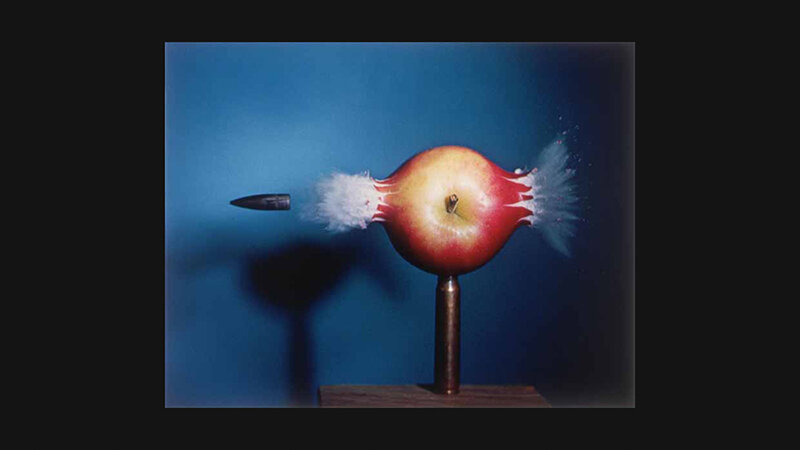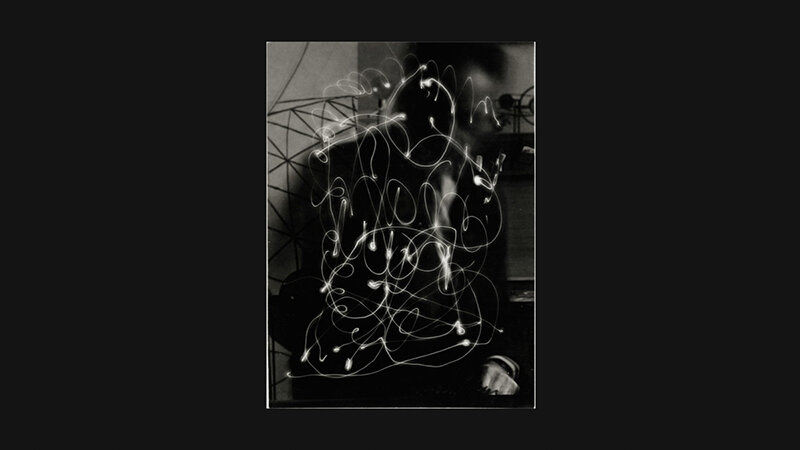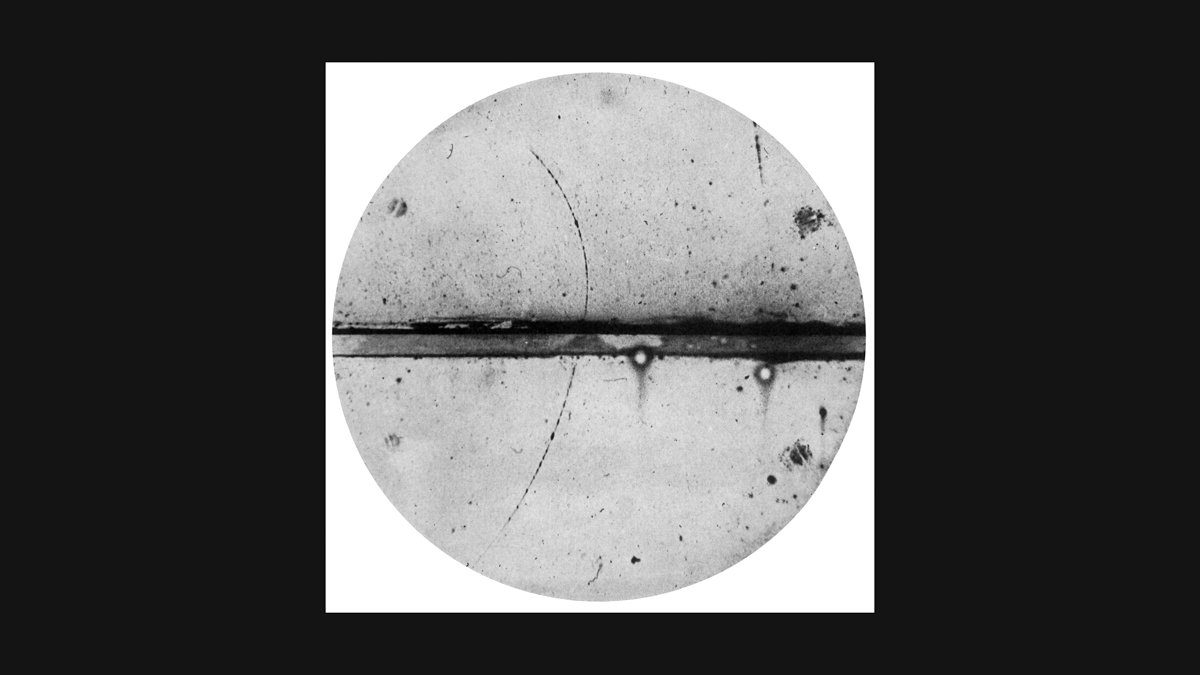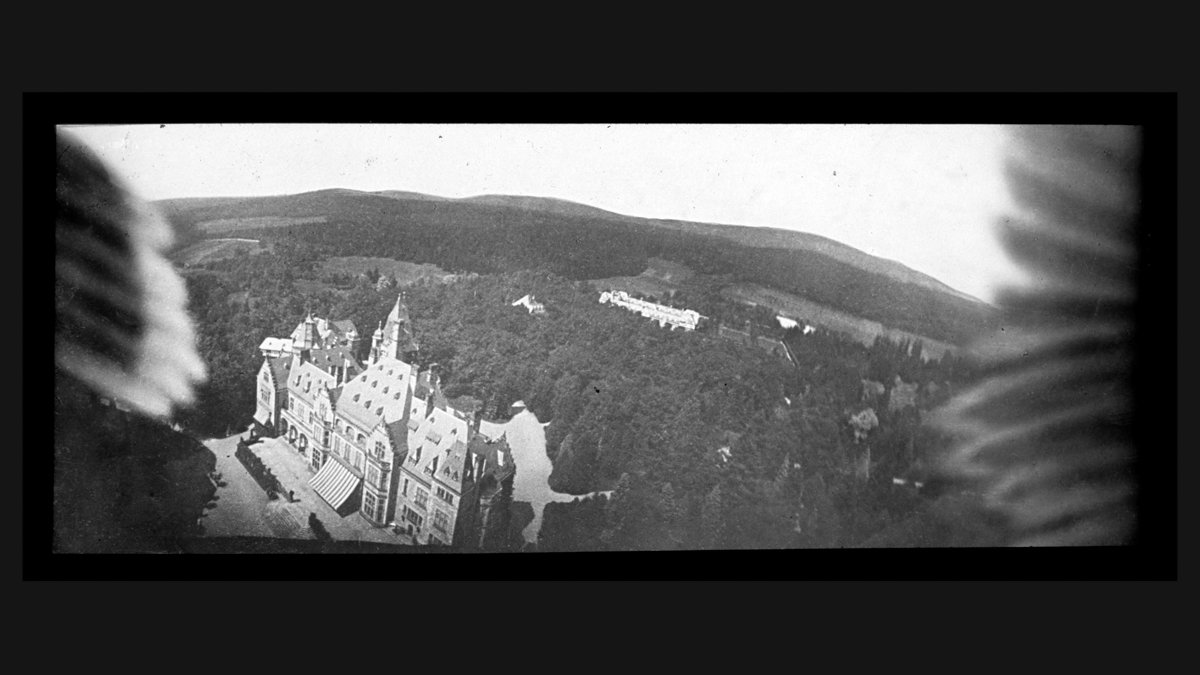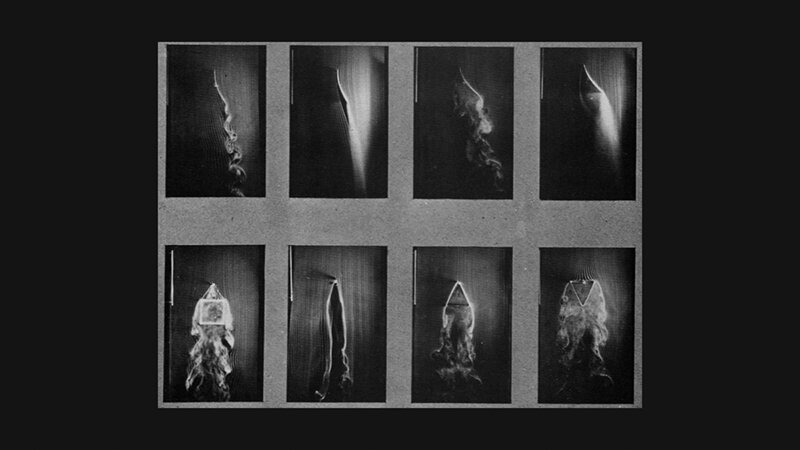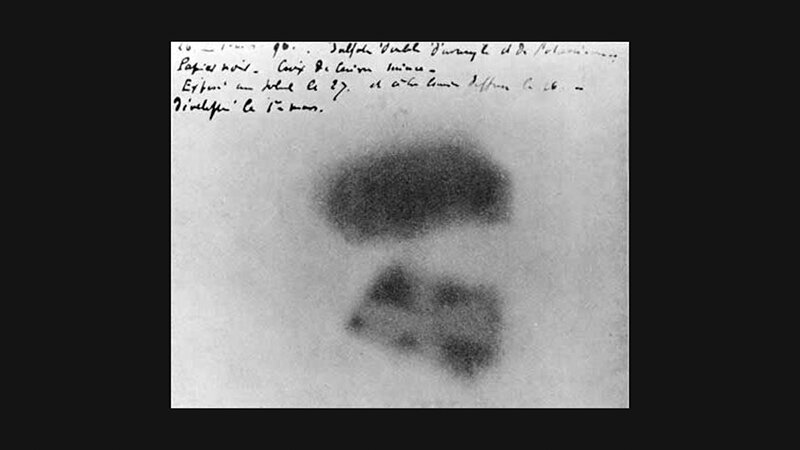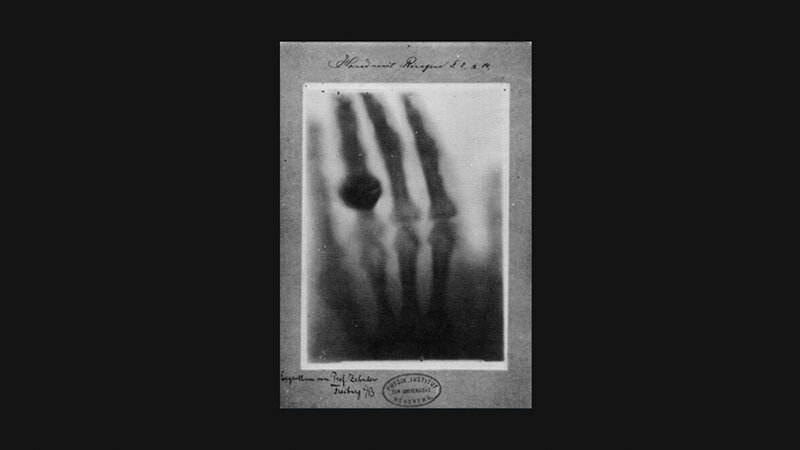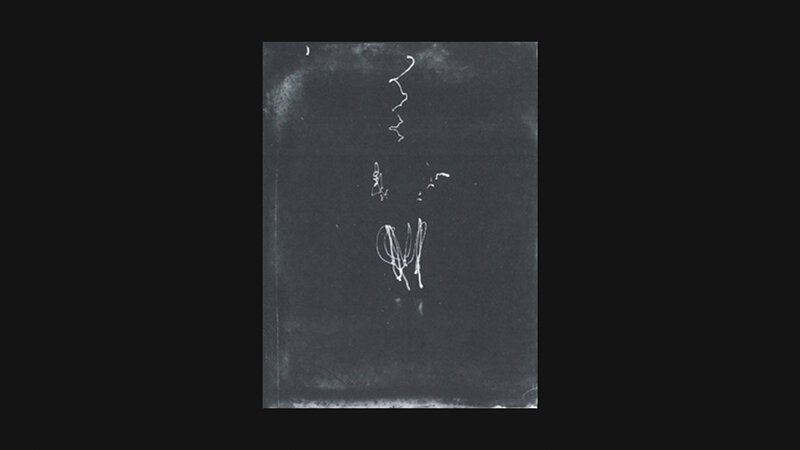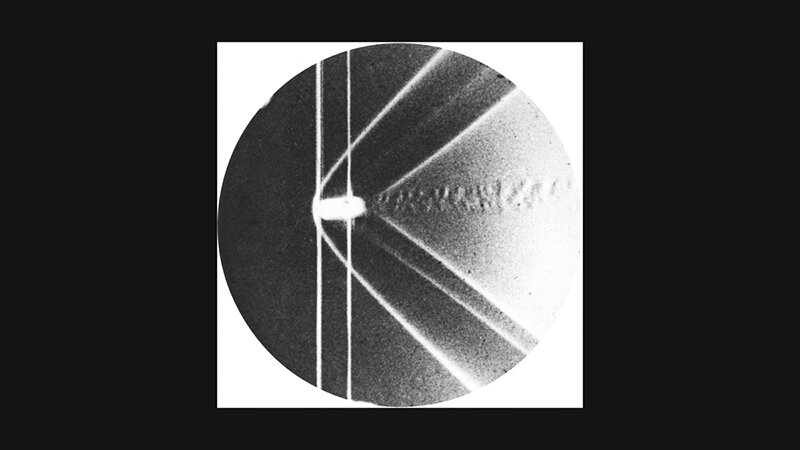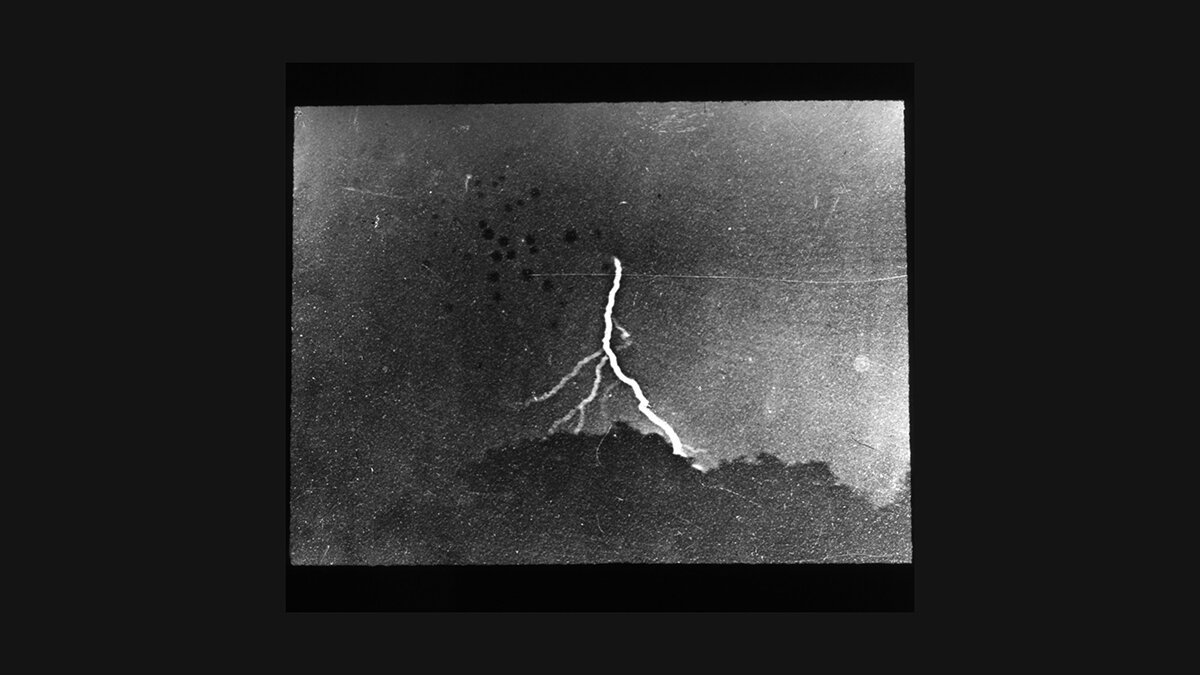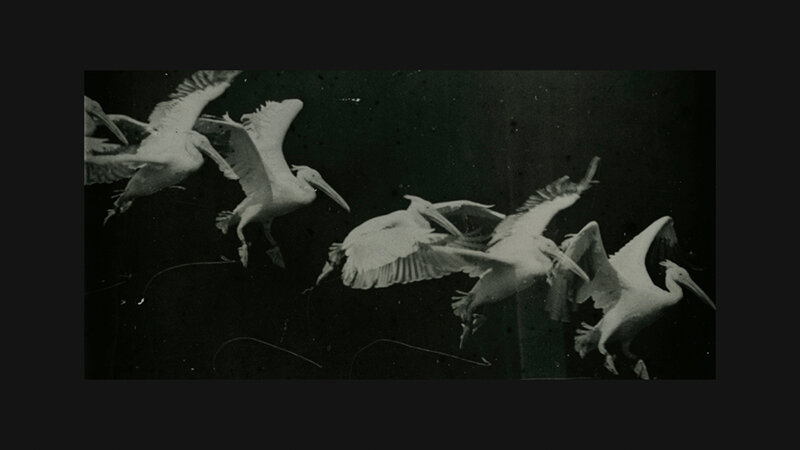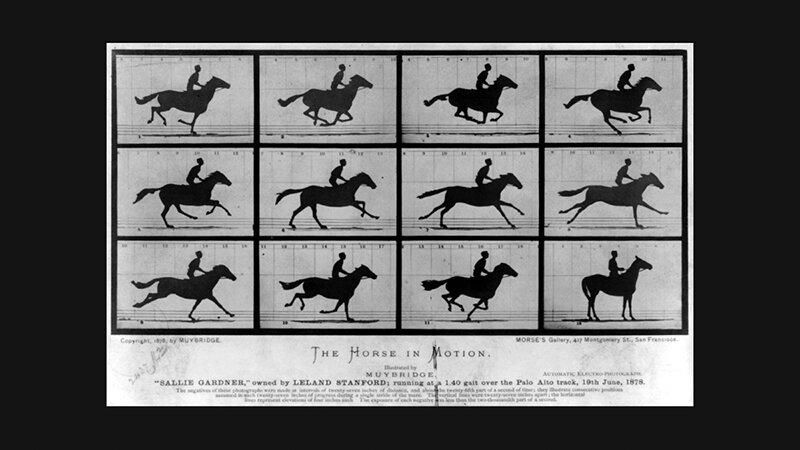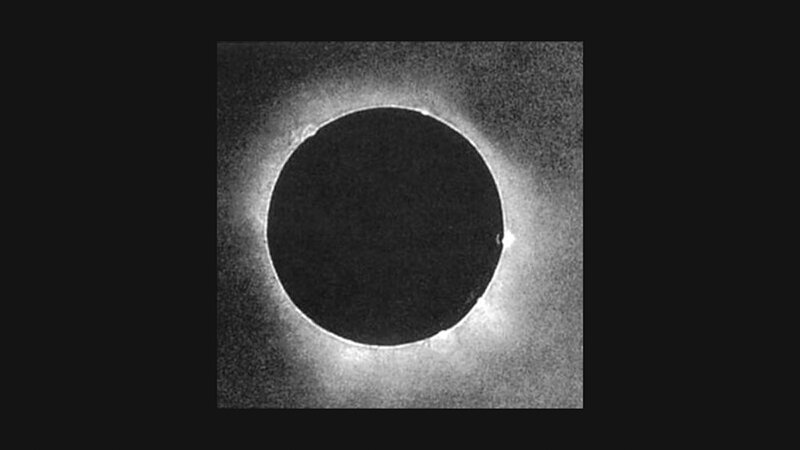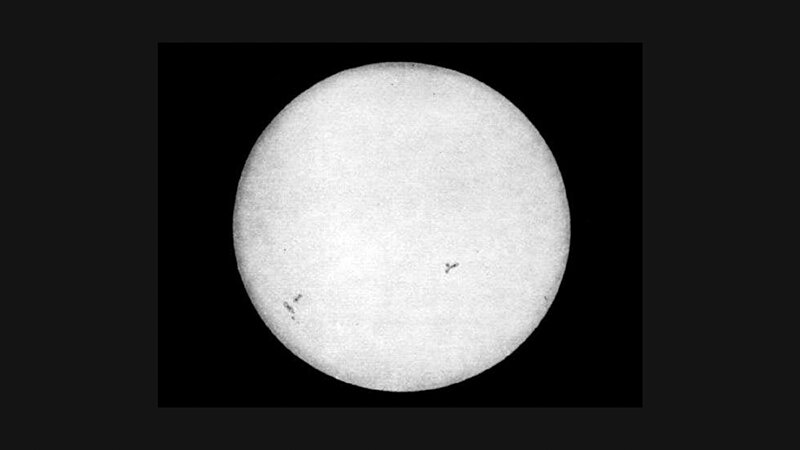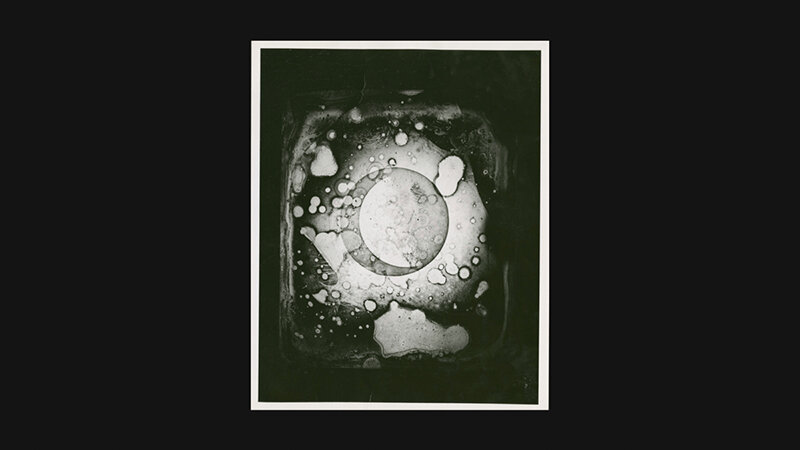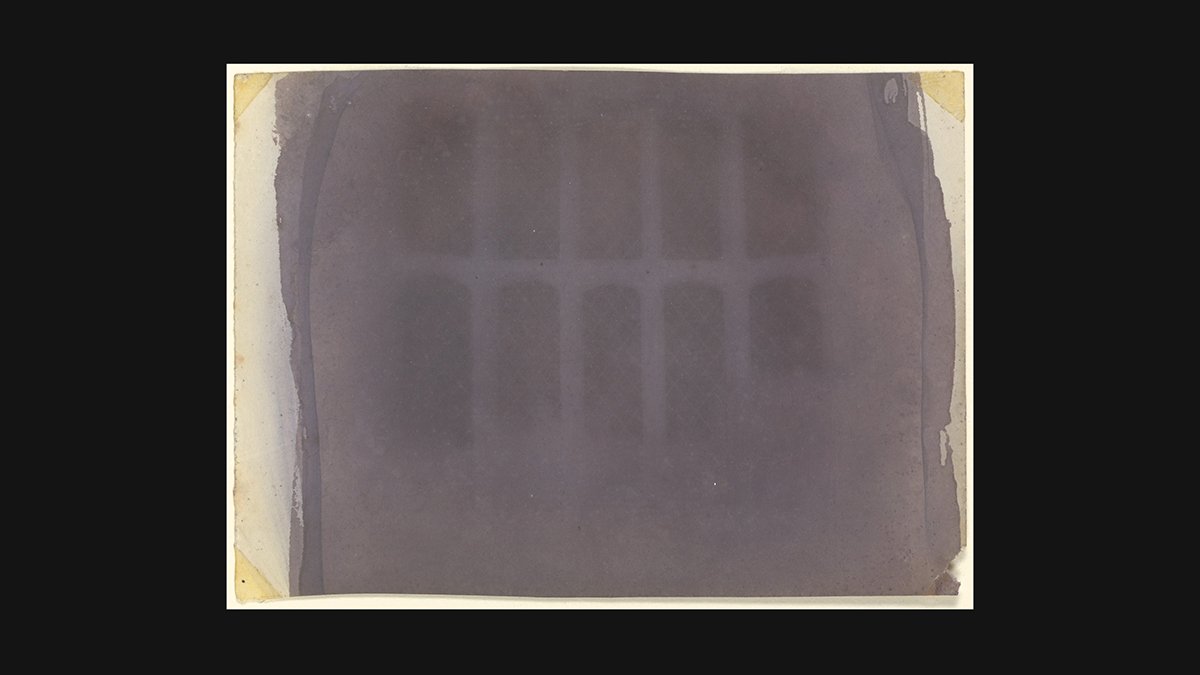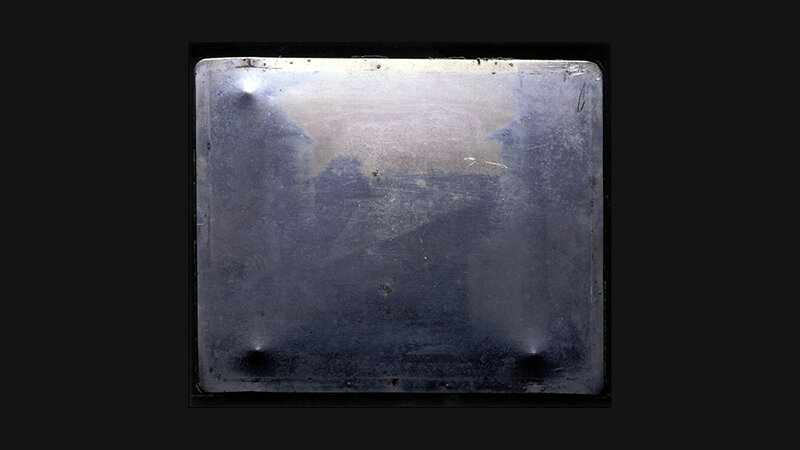
ZERO BASELINE OF PHOTOGRAPHY
Zero Baseline of Photography reconnects us to where photography began, so we can better understand where we are, and where we’re going.
200 Years of Photography
Bicentennial Anniversary (1827–2027) — Looking Ahead with Curiosity and Creativity
Zero Baseline of Photography addresses both cultural loss and educational need by curating first photographs into a structured system. It validates photographic origins as credible evidence by tracing back to verifiable scientific and artistic firsts—restoring visual trust through historical grounding. It provides open access to a structured, referential system that safeguards photography’s cultural memory for public use and future learning. It educates by strengthening visual literacy, contextual framing, and perceptual methods—grounded in photography’s origins and evolution. And it curates a dynamic archive of photographic firsts spanning 200 years (1827 to 2027). From Niépce to NASA, from the first X-ray to the first image of a black hole, it traces photography’s evolution one milestone at a time.
A five-minute video-introduction outlining the purpose, problem, and vision of the Zero Baseline of Photography.

FIRST PHOTOGRAPHS
First photographs provide an investigation into singular moments within the evolution of scientific and artistic photography. They reflect pivotal technical and artistic innovation within the development and influence the way we understand photography today.
Photography, at its core, can be considered an alchemy of art and science. It captures transient moments that, once passed, remain only in memory and image. The Zero Baseline of Photography challenges us to experience these captured moments not merely as historical artifacts but as dialogues between the observer and the observed.
Behind every film and photograph seen today, there is a first photograph that initially uncovered something new.
OVERVIEW OF SELECTED FIRST PHOTOGRAPHS
INDEX OF SELECTED FIRST PHOTOGRAPHS
2023 Chelsi Alise Cocking and Jimmy Day – Illuminate
2022 James Webb telescope - Cosmic Cliffs
2020 Regina Valkenborgh - Perpetuity longest exposure
2019 the First Image of a Black Hole
2018 First Photo inside Sun Corona
2015 Light as wave and particle
2014 CERN, Pcharito-Alicelead3
2012 Ramesh Raskar MIT
2009 Hiroshi Sugimoto – Lightning Fields 225
1995 Robert Williams and the Hubble Deep Field
1990 Pale Blue Dot
1981 CERN Streamer Chamber
1977 Hiroshi Sugimoto – Trylon, New York
1973 Bubble Chamber-CERN-EX-23296
1968 William A. Anders – Earthrise
1964 Harold Eugene Edgerton – Bullet through apple
1935 Man Ray – Space Writing (Self-Portrait)
1932 Carl D. Anderson – Cloud Chamber First Positron
1908 Julius Neubronner – Aerial photograph from a homing pigeon
1900 Étienne-Jules Marey – Air movement in a collision with objects of different shapes
1900 A.M. Worthington - Splash
1898 Louis Boutan - First Underwater Photograph
1896 Henri Becquerel – Discovery of Radiation
1895 Röntgen – First X-ray
1890 Wilson A. Bentley – Photomicrograph of Stellar Snowflake No. 10
1889 Étienne-Jules Marey and George Demeny
1888 Isaac Roberts – Nebula in the Pleiades
1887 Ernst Mach – Brass bullet
1887 Muybridge – Animal Locomotion. Plate 762
1886 Étienne-Jules Marey – Shaking a Flexible Rod
1882 William Jennings – Lightning
1882 Étienne-Jules Marey – Birds
1878 Muybridge – The Horse in Motion
1874 transit of venus
1851 Julius Berkowski – Solar eclipse
1845 Louis Fizeau – First sun photo
1843 Anna Atkins - First book of photograms
1840 John Draper – Earliest image of the moon
1837 LOUIS DAGUERRE – FIRST SURVIVING DAGUERREOTYPE
1835 William Henry Fox Talbot – First Negative
1827 Joseph Nicéphore Niépce – First permanent photograph
FIRST PHOTOGRAPH CANDIDATES
The SEETHINK Lab is currently calling for first photograph candidates and contextual documentation in the areas of scientific and artistic photography from the last two centuries. If you have a candidate to submit please use this form: Submit candidates. For related articles or stories about any of the candidates please use this form: Submit contextual documentation. All submission information is used for research purposes only. Your privacy is respected.



